I frequently post on these forums but rarely post pictures of my own "landscape." As these pictures show, there are good reasons for that! But Woody Oak has challenged me to put my money where my mouth is, and she's right that it's time, even though the garden isn't really ready for show. But perhaps its imperfections will provide others with more useful information than a photo of the bed when I get it just right.
In a front yard setting where more of a landscape look is desired (vs. the back yard garden of a plant collector), I would take out at least a third of the plants. But planting density aside, my purpose in posting is to allow people to see the approach I've taken and how the plants behave, because what we are all after in a narrow bed, irrespective of our taste, is plants that have the form and the behaviour that will fit the space.
I do have a fair bit of spillage at foot to knee level, but the plants that will grow taller are all thin and grow upright, and will stay against the fence of their own will or can easily be kept that way with pruning.
I use hardscape, especially containers placed in the beds, for several purposes. One is to add immediate height while most of the plants are small. Another is to just add bones to the mass of foliage, and besides, I just like pots. Finally, as part of this bed is at the foundation of the neighbour's house, I don't want to push my luck by putting too many trees in the ground. Some of these trees will likely have to be culled when they outgrow the pots, as I doubt I can find homes for them all. The pots do make watering more complicated.
Early June or so:
{{gwi:38584}}
July, the long view down the yard (burgundy pot is just in transit):
{{gwi:38585}}
Plant portrait:
{{gwi:38586}}
Backstory and plants:
I've been struggling with this particular bed for 16 years. It's 21 inches wide along the fence, and then widens to 32 inches where my neighbour's house wall forms the fence (it's an old, odd neighbourhood), and it's something like 40 feet long. It faces west, so gets sun from noon, remaining more shaded by trees further down the yard.
I initially just planted what I liked, or what I had. This included Lavatera 'Barnsley', Cornus alba, Akebia quinata, a rampant species clematis, tomatoes, and other things that I'm happiest to have forgotten. If these plants had grown upwards, they might have been fine. But my experience here and along other fences and walls was that deciduous shrubs will grow away from the wall towards the light, leaning and reaching insatiably for the sun - even against a south-facing wall, and even when sun is coming over the fence for part of the day. It drove me nuts, and my husband, who rolls a motorcycle down this path from time to time, much more so. I kept pulling out the biggest disasters, and pruned and tied like mad, but the overall problem persisted. I couldn't find anything that would leave us shoulder room.
The day I thought of conifers for this space was like being released from torture (I had only one conifer to begin with, a Chamaecyparis pisifera 'Boulevard' that is now almost too big to be next to the neighbour's foundation but still barely overhangs the bed. It has been pruned a bit, and will have to come out soon). I began to collect conifer cultivars that were dwarf, and especially narrow ones. Some of the plants will grow bigger than I want, but are amenable to pruning or can be replaced when they get too big. Selections here include Juniper 'Wichita Blue,' a gold Chamaecyparis whose name I can't recall, Cupressus sempervirens, Picea abies 'Frohburg," Thujopsis something or other, and a Chamaecyparis 'Wissel's Saguaro' that is still so small that it is sheltered by a fern. I have several other narrow conifers that would work here, but as they are all columns they would have looked odd marching down the fence - I looked for a variety of forms as well as of foliage. (eg columnar Taxus and Cephalotaxus, and Thuja 'DeGroot's Spire' - I have other narrow beds for them!).
Since I also developed a mania for Rhododendrons at about that time, I eventually expanded to include evergreens of various sorts, all of which are more amenable to growing upright, simply against gravity, than is deciduous shrubbery (or perennials for that matter). Rhodos seem to lean a bit, but to a manageable extent, and you can manage their shape with pruning. Another plant in the mix is an Osmanthus (can't remember at the moment which one), which is similar to Ilex.
There is still deciduous material, like the one Japanese maple and a Ribes and all the perennials low down, and one reason it looks pretty disastrous at the moment is that some of the evergreens are still only about the height of a hosta. But they will continue their controlled upright growth, which I'll amend with judicious pruning and tying in where necessary, and will eventually form a varied green tapestry against the fence.
Sorry the photos don't cover everything mentioned.
KarinL
PS: see those paving stones with the grass trying to grow between them? Don't ever do that, it's twisted ankle city.
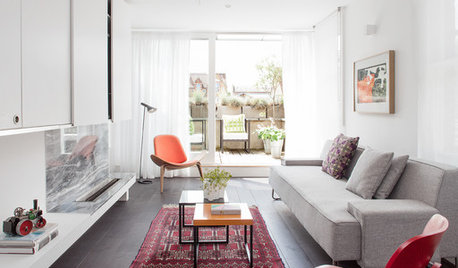

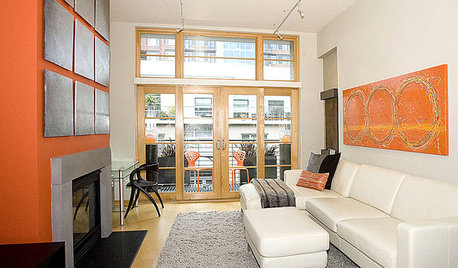
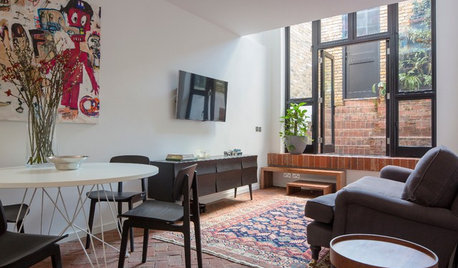
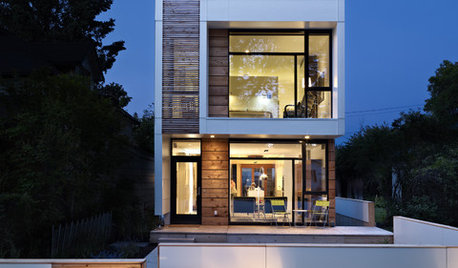
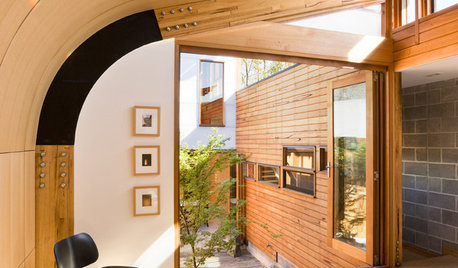
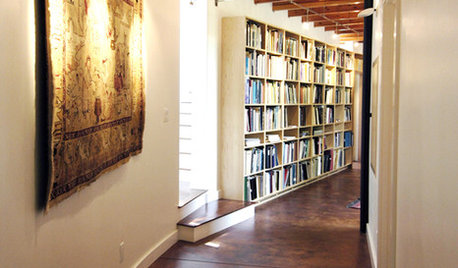
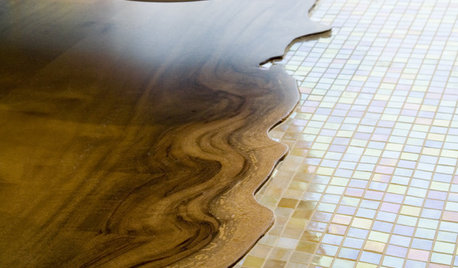

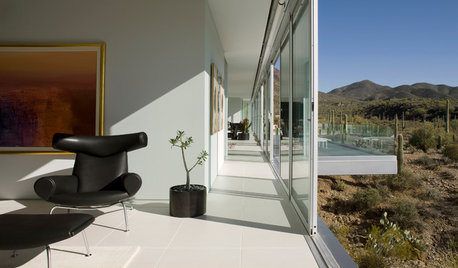








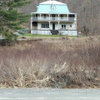

woodyoak zone 5 southern Ont., Canada
holleygarden Zone 8, East Texas
Related Professionals
Reading Landscape Architects & Landscape Designers · Horsham Landscape Architects & Landscape Designers · Jennings Landscape Architects & Landscape Designers · Arlington Landscape Contractors · Buford Landscape Contractors · Alamo Landscape Contractors · Davis Landscape Contractors · Hollywood Landscape Contractors · Inglewood Landscape Contractors · Laguna Hills Landscape Contractors · Stony Brook Landscape Contractors · Haddonfield Decks, Patios & Outdoor Enclosures · Kalamazoo Decks, Patios & Outdoor Enclosures · Roanoke Decks, Patios & Outdoor Enclosures · Sacramento Swimming Pool Builderscatkim
woodyoak zone 5 southern Ont., Canada
drtygrl
karinlOriginal Author
drtygrl
drtygrl
gardenlover25
karinlOriginal Author
bahia